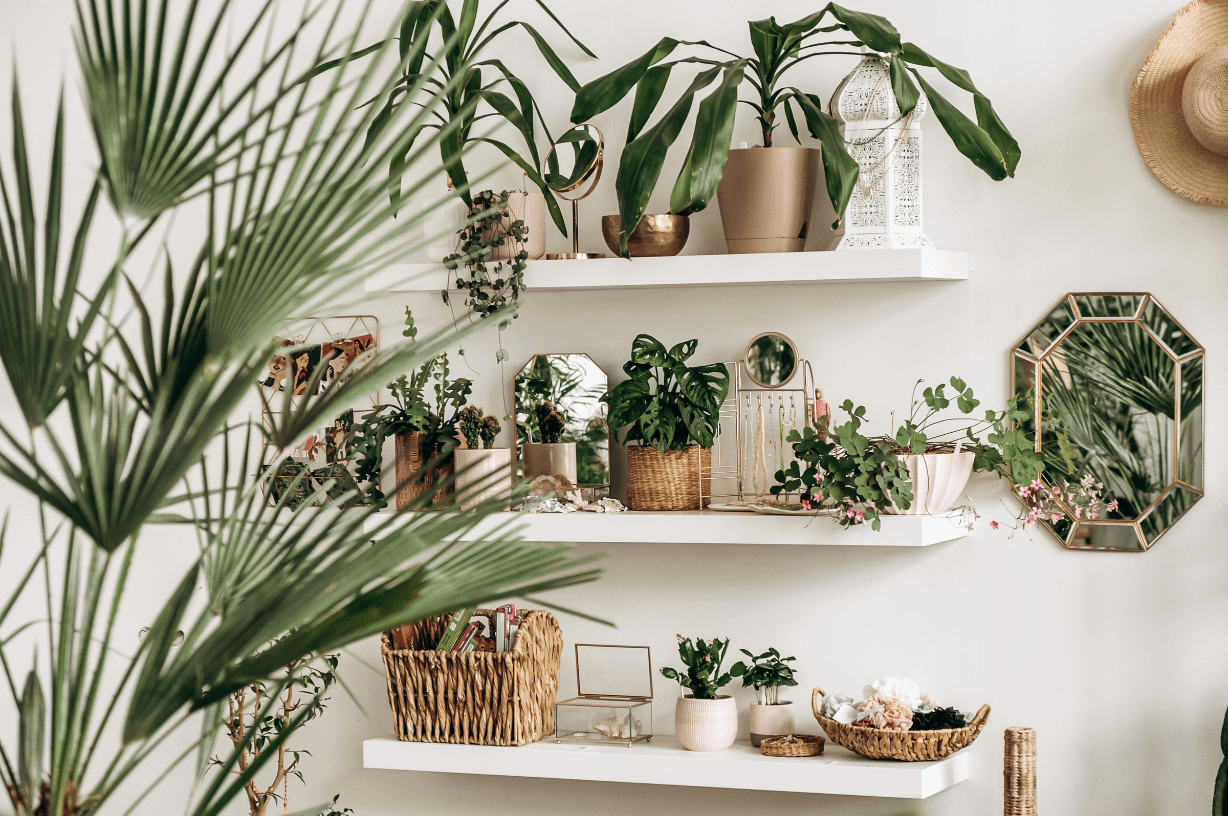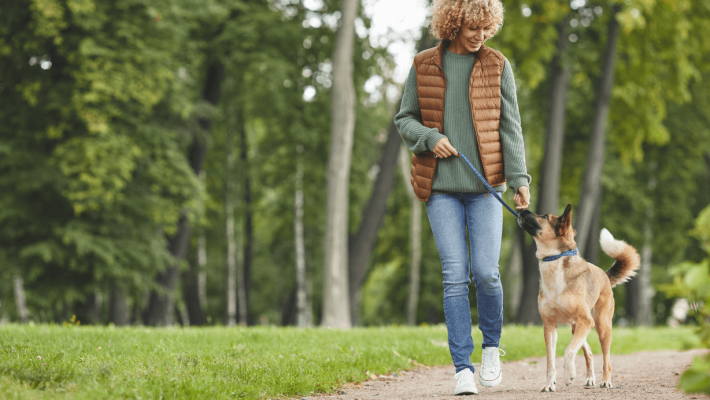Interior design trends are constantly shifting – and they generally emerge from a sort of collective unconsciousness that represents a combination of cultural, social, economic and psychological factors that are part of the shared human experience.
For example, certain colors, patterns or motifs may become popular in interior design because they evoke deep-seated emotions, memories, or cultural symbols that resonate with people on a subconscious level.
Additionally, societal shifts, technological advancements, environmental concerns and global events can influence interior design trends, reflecting the currents going through people’s minds. For instance, the growing awareness of sustainability might lead to an increase in eco-friendly design practices, while technological advancements could inspire futuristic or minimalist aesthetics.
What’s Hot in Interior Design Right Now?
The vast majority of the current design trends started emerging around 2020, but they’ve picked up momentum in the last few years as people have grown more comfortable with them. They include:
- Biophilic designs. This involves incorporating natural elements into interior spaces, such as adding lots of indoor plants, increasing the amount of natural light in a room and using more wood, stone, cotton, wool and other natural materials and fabrics in your decor. Biophilic design just makes people feel good, and many report experiencing less stress and increased productivity when they’re surrounded by natural things.
- Sustainable, eco-friendly furniture and décor. The environment is never far from anybody’s mindset these days, and those concerns produced a trend toward the use of recycled, thrifted and “upcycled” furniture and decor. If you delight in adding “weird thrift store finds” to your decor, this is your era!
- Warm, earthy tones. Shades such as terracotta, ochre, navy, olive and caramel or copper are being used with abandon on walls and select accent pieces because they add to the biophilic feel of modern homes. Plus, they give off an inviting, cozy vibe.
- Tons of patterns. Gone are the days when you had to worry about mismatched patterns. In today’s designs, people are encouraged to layer textures and patterns in a room for stronger visual interest in their spaces. Abstract designs, botanical motifs and tribal patterns are popular (but animal prints…not so much).
- Vintage and retro-inspired elements. Nostalgia for a simpler, easier past has led designers to use retro color schemes and vintage accessories or nostalgic items in home decor to create character and warmth. Grannycore and Cottagecore aesthetics, which both delight in what might have once been called “shabby chic,” are still going strong.
- Maximalism. Forget the Spartan look and minimalist decor – maximalism has been gaining traction for a while. Embrace this bold and the eclectic design trend through an abundance of whatever makes you happy, and you’ll end up with a visually rich and dynamic space that reflects your creativity and wonder in the world.
All this being said, you are the one living in your home – and modern design trends are nothing if not uniquely personal. Feel free to pick and choose your room colors and design elements as you decide how comfortable you are with the fashions du jour.
What Interior Design Trends Are Fading Away?
Given the eclecticism in interior design that so many are embracing, you may find it no surprise that several formerly high-profile trends are now starting to look outdated. These include:
- Mid-century modern or boxy furniture. There’s no reason to throw out the high-quality mid-century couch you bought a few years ago – but you may want to soften the look through the use of more ornamental accessories and patterns, rounded lamps and curved accent tables.
- Fast furniture. It’s better to invest in one or two high-quality, classic pieces that you can use for years with an occasional upholstery change than mass-produced pieces. Supplement what you buy new with a few well-chosen thrift store finds for an easy, effortless design look that won’t break your bank account.
- White walls, white tiles, white cabinets. The “spa” look was taking over bathrooms for a while, infiltrating kitchens and heavily used in foyers and other entranceways – but white can seem stark, cold and very impersonal after a while. The new looks embrace warmer colors, earthy touches and bold patterns that feel welcoming and lived-in.
- Accent walls. These soared in popularity as people started to experiment with color and patterns in their surroundings – but the time for experimentation and caution is over. Fully commit to the layered and textured look by putting wallpaper on a whole room or choosing strong, bold colors for all your walls.
- Open shelves. These have been popular over the last decade in both kitchens and bathrooms – but they’re not the most practical. It requires a lot of upkeep to prevent the shelves from simply looking crowded and messy.
- Word signs. “Live, Laugh, Love” (and all other variations) have appeared on far too many walls for it to say anything about your home or you that has any meaning. Let your art reflect your inner spirit and let others figure out the message on their own.
- Matching everything. Forget about color matching your drapes to your furniture – and forget about matching all your furniture perfectly. The eclectic spirit that people are embracing today no longer requires everything to be bought in sets or pairs.
In essence, the current trends are encouraging people to be more expressive and self-indulgent – and the “lived-in” look is exactly what people are embracing today.
Key Things to Remember When Thinking About Interior Design
It is good to stay current and be aware of interior design trends as you choose your decor – but don’t wed yourself to them unless you’re actively planning on selling your home very soon.
Function should always outweigh form when it comes to your living spaces, and your personal taste should inform your choices for several important reasons. Considering how you will use a space and arranging furniture and decor accordingly ensures that the design not only looks good but also works well for your lifestyle.
Your home should also be a comfortable retreat that supports your well-being. It is a reflection of your personality, interests, and lifestyle. By infusing your interior design with elements that resonate with you and your family on a cellular level, you can create a space that feels uniquely yours. Whether you prefer a minimalist aesthetic, bold colors, eclectic decor or a mix of styles, allowing your taste to shine through adds authenticity and character to your home.
bill.ingram@talktotucker.combrad.layton@talktotucker.comeditors-pickerina.pribyshchuk@talktotucker.comfeaturedlloyd.zimmerman@talktotucker.commark.callahan@talktotucker.commary.layton@talktotucker.compriscila.hale@talktotucker.comterri.mcgraw@talktotucker.com




